Release date: 2018-06-01
Today, the top academic journal Science has published a breakthrough study from Professor Bao Zinnan's team. In this study, scientists have developed a new artificial neural system that has been successfully used to simulate tactile sensations. It is worth mentioning that this research has also received special attention from the journal Science, and two consecutive comments on the official website and magazines were featured.
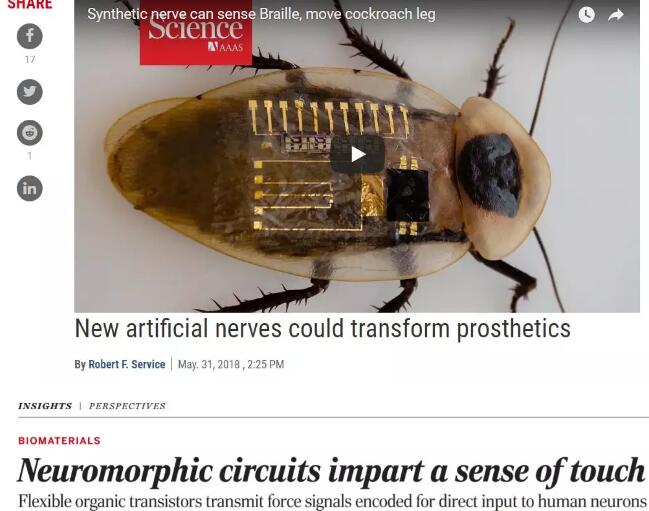
Science attached great importance to this research, and many reports were made on the same day (Source: Science)
Professor Bao Zhenan is a well-known Chinese scientist. He is currently a professor in the Department of Chemical Engineering at Stanford University, focusing on the design and development of organic electronic materials. In recent years, she has made a series of breakthroughs in the development of flexible and intelligent artificial skin, which is expected to bring unprecedented new performance to medical devices. Based on her contributions, Nature magazine named her in 2015 as one of the top 10 figures of the year that has had a major impact on the global scientific community. Last year, she won the “World Outstanding Female Scientist Award†from L'Oreal-UNESCO.

Professor Bao Zhenan is one of the pioneers in the field of artificial skin (Source: Dr. Bao Zinnan's lab official website video screenshot)
In the latest study, Professor Bao Zhenan and his partner, Professor Tae-Woo Lee, are taking a step closer to the path to smart artificial skin. We know that human skin is a masterpiece of nature's evolution - thousands of receptors can feel different information about pressure, temperature, location, and so on. This information is extremely complicated. If our body uses a computer to process this information, it will consume a lot of energy.
The ingenuity of the human body is that we use an extremely efficient mechanism to deal with the problems encountered in the real world. This mechanism is divided into several parts, namely receptors that sense mechanical force, local nerve clusters, spinal cord, and brain. Only when the signal accumulates to a certain intensity will it be passed to the next link. In this way, we have saved a lot of unnecessary signal processing, greatly improving efficiency.
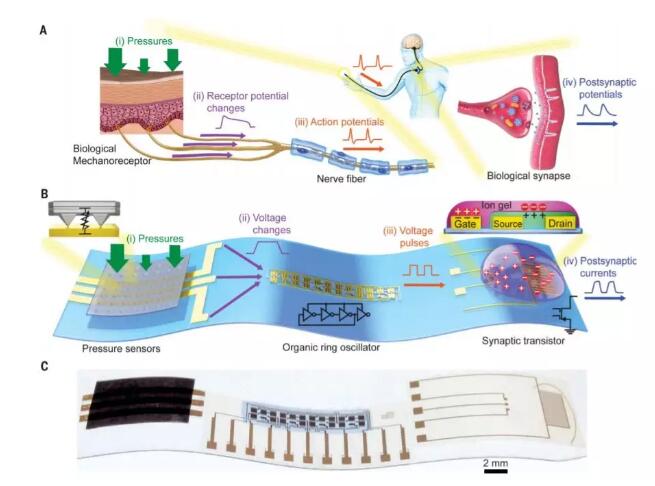
This artificial nervous system is a simulation of the human tactile signaling mechanism (Source: Science)
The wonderful mechanism of biology has deeply inspired researchers. They simulated the system and developed an artificial nervous system using flexible organic materials. It consists of three parts: first, a series of susceptors can sense extremely fine pressures and produce corresponding voltage changes; secondly, a ring oscillator can convert voltage changes into electrical pulses; and third, a type called synapse A device of a synaptic transistor can simulate the function of a neuron and output an electrical pulse in a specific mode.
"Biological synapses can transmit signals and store information to make simple decisions," said Professor Tae-Woo Lee, one of the authors of the study. "This synapse transistor can do this in artificial neural networks. â€
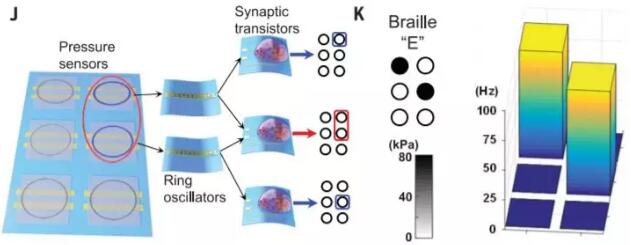
This system is enough to identify Braille letters (Source: Science)
In subsequent studies, scientists confirmed that the artificial nerves they developed were well suited to mimic the tactile function of the skin. In the first test, the researchers found that artificial skin based on this artificial nervous system can accurately sense the direction of motion of the object; in the second test, this artificial skin can even recognize Braille!
What's even more exciting is that this system can also be combined with organisms to control muscles. In another test, the scientists connected the artificial nervous system to the squat leg and then touched the baroreceptor with different pressure values ​​to observe the reaction of the squat leg. The results show that the greater the pressure, the more intense the movement of the lame! This also supports the potential of the system in practical organisms.
“We always think of the skin very simple, but it is a complex system that includes perception, signal transmission, and decision making,†said Professor Bao Zinnan. “This artificial sensory nervous system allows us to create a skin-like sensory nerve. The network is one step closer."
Scientists admit that the artificial nervous system is still relatively primitive, and it is not yet able to sense temperature like skin. But this cost-effective invention makes it possible to develop smarter artificial skin and apply it to a variety of medical devices. For patients who have to use prosthetics for amputation, re-touching the world may no longer be a distant dream.
Source: Academic Jingwei (Micro Signal Global_Academia)
Self fusing silicone tape
Description:
Self fusing silicone tape is based on silicone rubber material, has super strong strength and elasticity, shocking self fusing ability. It is corrosion-proof, can resist high and low temperature which ranges from -60 degree C to 260 degree C. Also has high resistant to harsh solvents, chemicals, UV. Superior water and air tight sealing performance. Can stand high pressure and voltage, easy to apply.
Applications:
Widely used to protect control cables, gear cables, coolant pipes, air conditioning and ventilation pipes, fuel hoses and heat sensitive parts, water pipes, water tap etc.
Colors:
Red, white, transparent, black, yellow, green, blue, orange.
Thickness: can ranges from 0.3mm to 1mm. Among them 0.5mm thick is the most popular because of it`s high cost performance.
Sizes:
25mm/50mm by 1meters, 1.5meters, 3meters, etc.
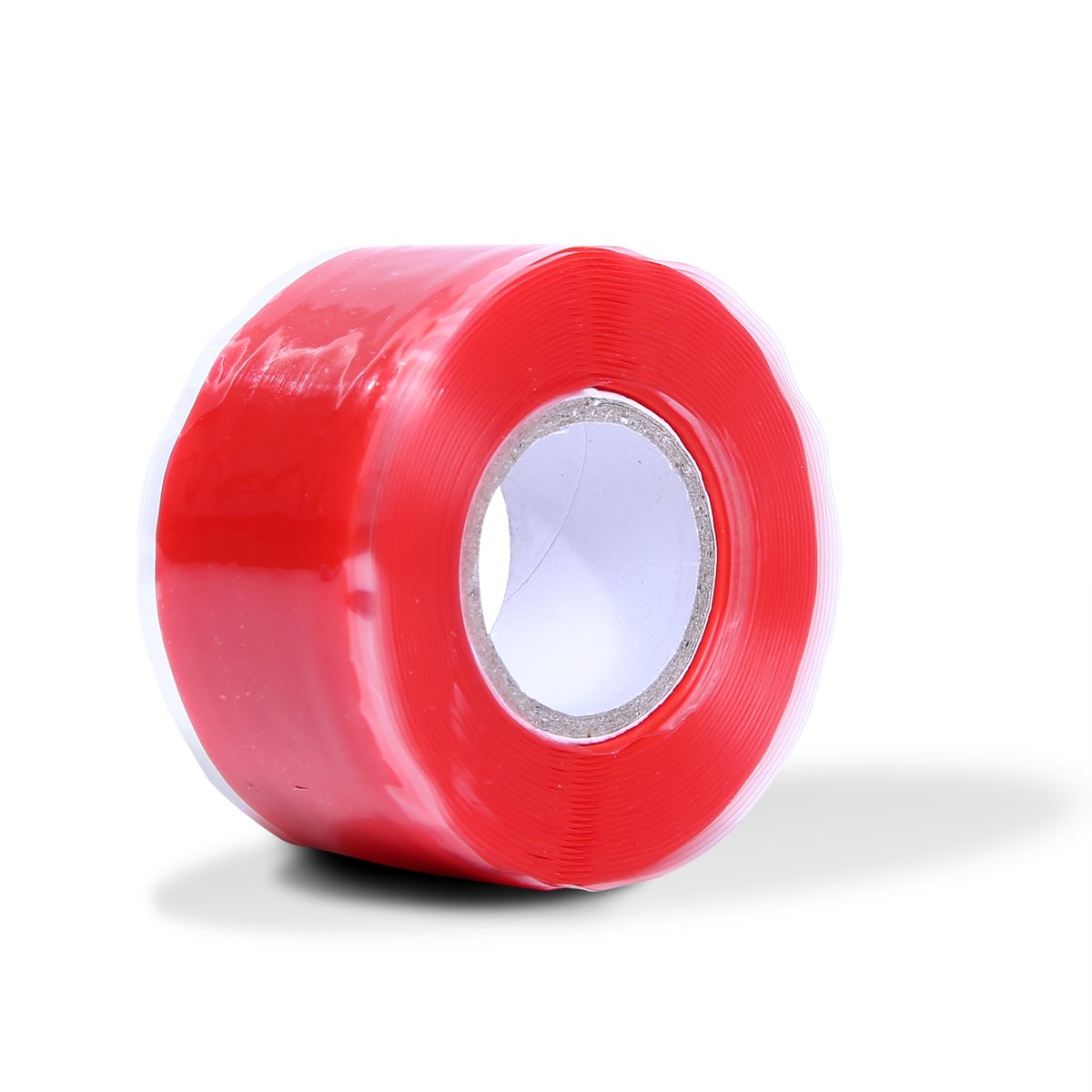
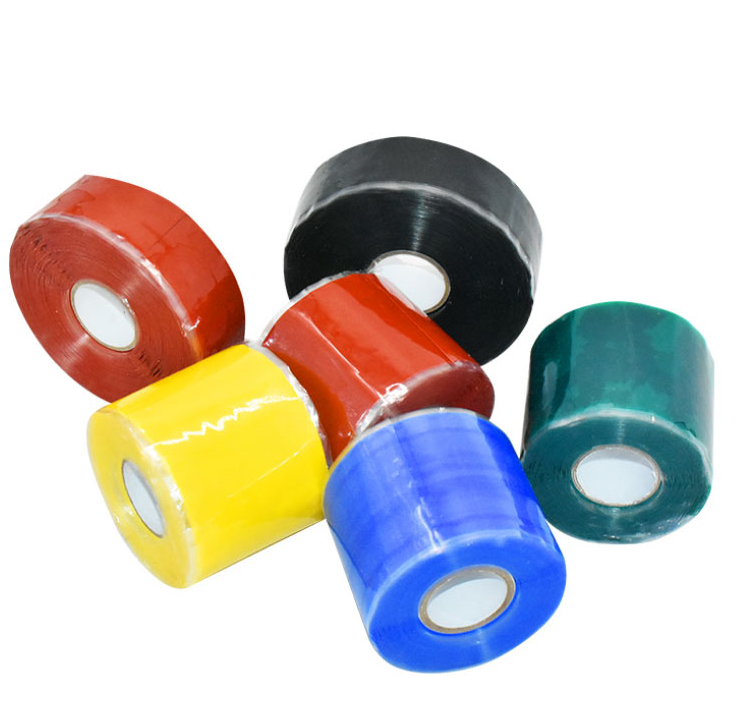

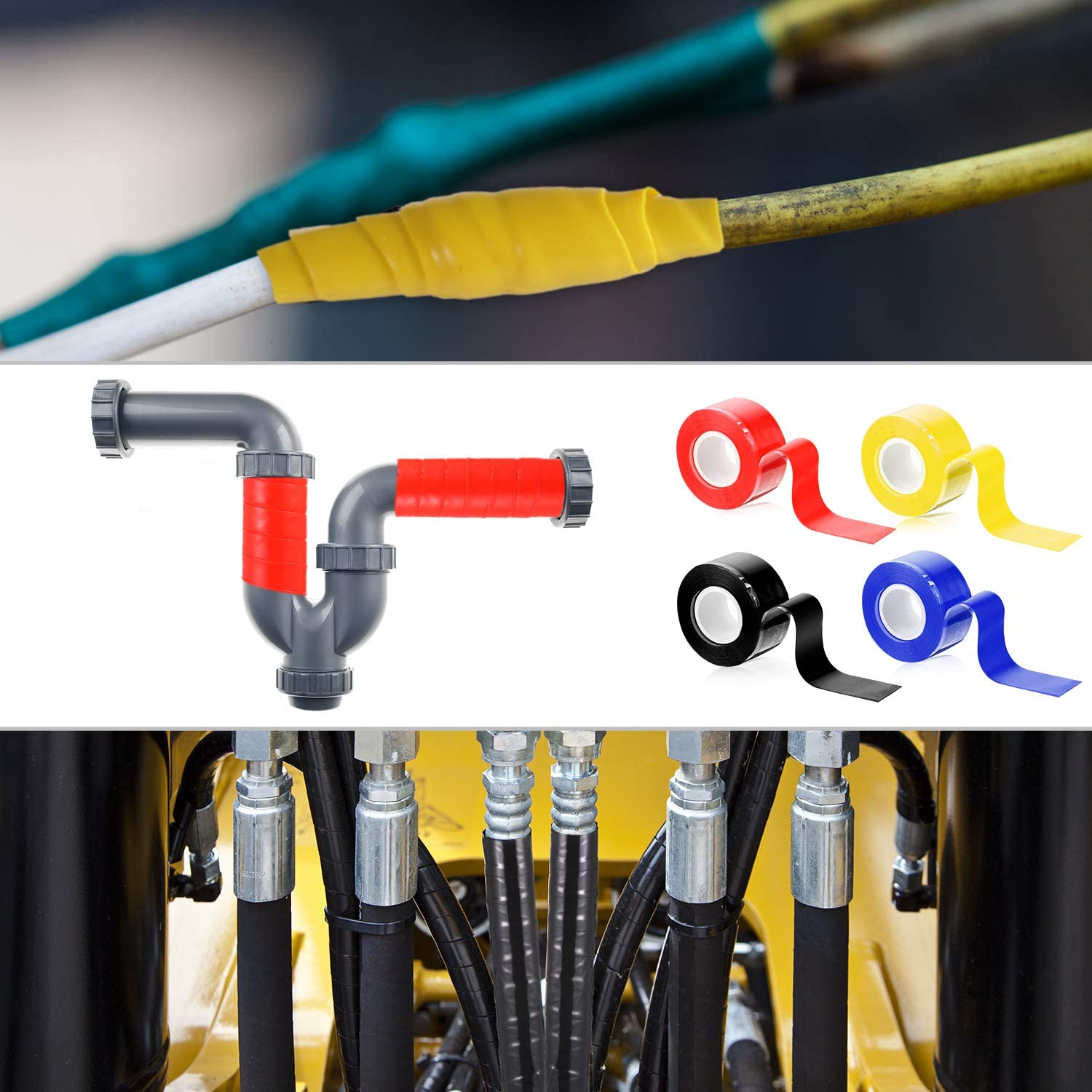
Self fusing silicone tape,Self fusing tape,silicone self fusing tape,self fusing silicone rubber tape
Kunshan Jieyudeng Intelligent Technology Co., Ltd. , https://www.jerrytapes.com